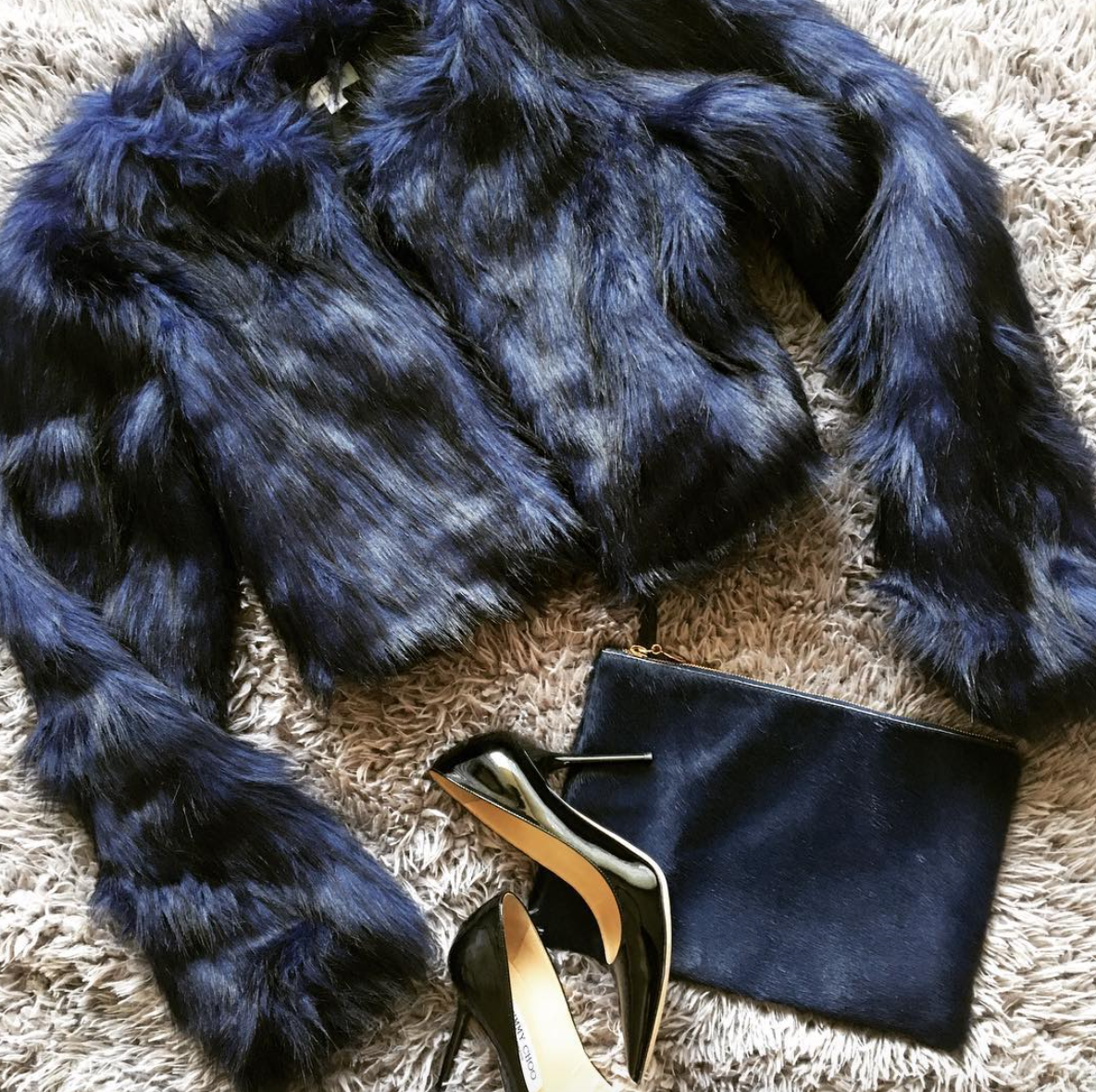We live in a world that champions the idea that “shopping until you drop” is the way to a great wardrobe. That the ideal wardrobe is large and full of designer brands — the bigger the better.
In reality, that couldn’t be further from the truth. It often results in wasted money on things that are unneeded and go unused.
A second common mistake people make is to shop on autopilot. We often meander into stores and shops without any formal agenda or idea of what we need, and grab whatever stands out. This can lead to a waste of money as well. It’s usually on items we already have, or things we don’t end up wearing.
The real way to shop, build and style clothes, shoes and accessories is to constantly — constantly — see each and every item as an investment. No matter how large or small. No matter what price it is. No matter when, where, how or how often you shop.
You wouldn’t randomly and haphazardly spend money elsewhere in your life. We don’t just pop into a store and pick the first appliance that stands out without thinking about whether or not it’ll meet our needs. Yet, when it comes to our clothes and other wardrobe items, many people don’t give what they buy much thought at all.
It all begins with a strategy
Ideally, you’ll want start by giving thought to what you need to get dressed for in the various areas of your life, and how often. It doesn’t make a lot of sense for someone who has to dress for a business job everyday, five days a week, to have a wardrobe packed with a lot of jeans, t-shirts and other casual clothes. You won’t find much to wear if you’re a stay-at-home mom yet your closet doesn’t have enough easy-to-wear, durable items.
Assess your wardrobe needs, then evaluate what you already own. If you want to dress to a specific look or style, now is the time to give it thought as well. From here, you can begin to make a list of what you really need to meet your needs. When you shop, you’ll always have this at the top of your mind.
Know what is worth an investment — and what is not
Don’t automatically assume that high price or designer items mean quality, or a worthwhile investment. Many designer brands are great — but not all are the kind of quality worth the price. Just the same, it can be easy to think that “fashion fashion” and lower-priced items are a better buy. But, if they fall apart after a few wears, you’ll find that you’re spending more than if you bought well the first time.
Get to know quality by paying attention to an item’s construction, how the materials feel, the way it lays, and other small details. Learn about the higher priced brands you’re interested in to see what type of quality range they offer. Some designer handbags and shoe brands are delicate and not ideal for everyday wear even if they’re good quality. It helps to do the homework before you buy.
Identify your core pieces — and invest in them the most
Everybody’s style is different, and what constitutes your must-haves are unique to you and you alone. The age-old advice of a “capsular wardrobe” that includes general items is long outdated. What might be a capsule piece for one person may go unworn in the closet of another.
For example, if a pump is something you wear everyday to work, it could be a classic pointed toe, a round toe, a slight hidden platform, peep toe, slingback and so on. From there it could be a specific color, heel height and material. It all depends on you and what your taste is so start here first.
The items that you know you’ll wear a lot and get a lot of use from are the items to put the most of your wardrobe budget into.
A good litmus test is to shop a little and add some things in, then watch what you reach for the most. You can do this with your current wardrobe, too. If you find that you’re more prone to wear pullover tops versus button ups, remember that when you are out shopping.
Be careful with duplicate investments
A lot of people feel that if one item works for them, they should buy it in every color. That can be true — or it might not. It all depends on your personal style. If it’s not done cautiously, it can result in a wardrobe that has very little range. That means you won’t get the kind of use you need from it.
Duplicate items can work, just be careful as you choose them. If you don’t mind always looking as if you’re wearing the same things, or are comfortable sticking to a uniform/formula, it can be the right approach.
But if you want a lot of range, where your outfits fit your style but you have a good amount of things that can mix and match, avoiding duplicate buys can be ideal. In that instance, use the pump analogy above — pick a pointed toe, the next time you shop pick another style like round toe, or slingback and so on.
Condiment has an article that talks further about investing in your wardrobe in this months edition! You can see it here.
Originally published at medium.com


